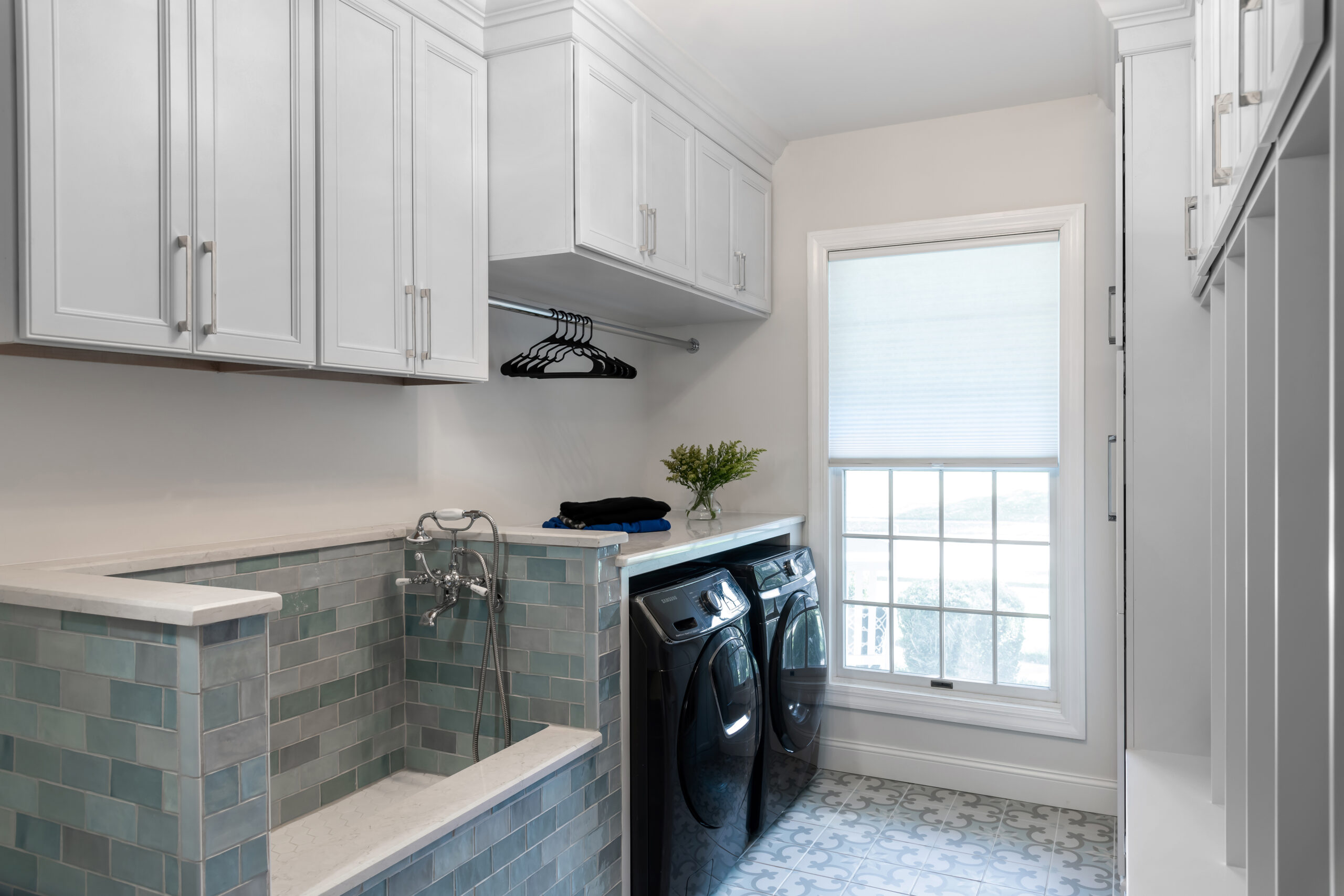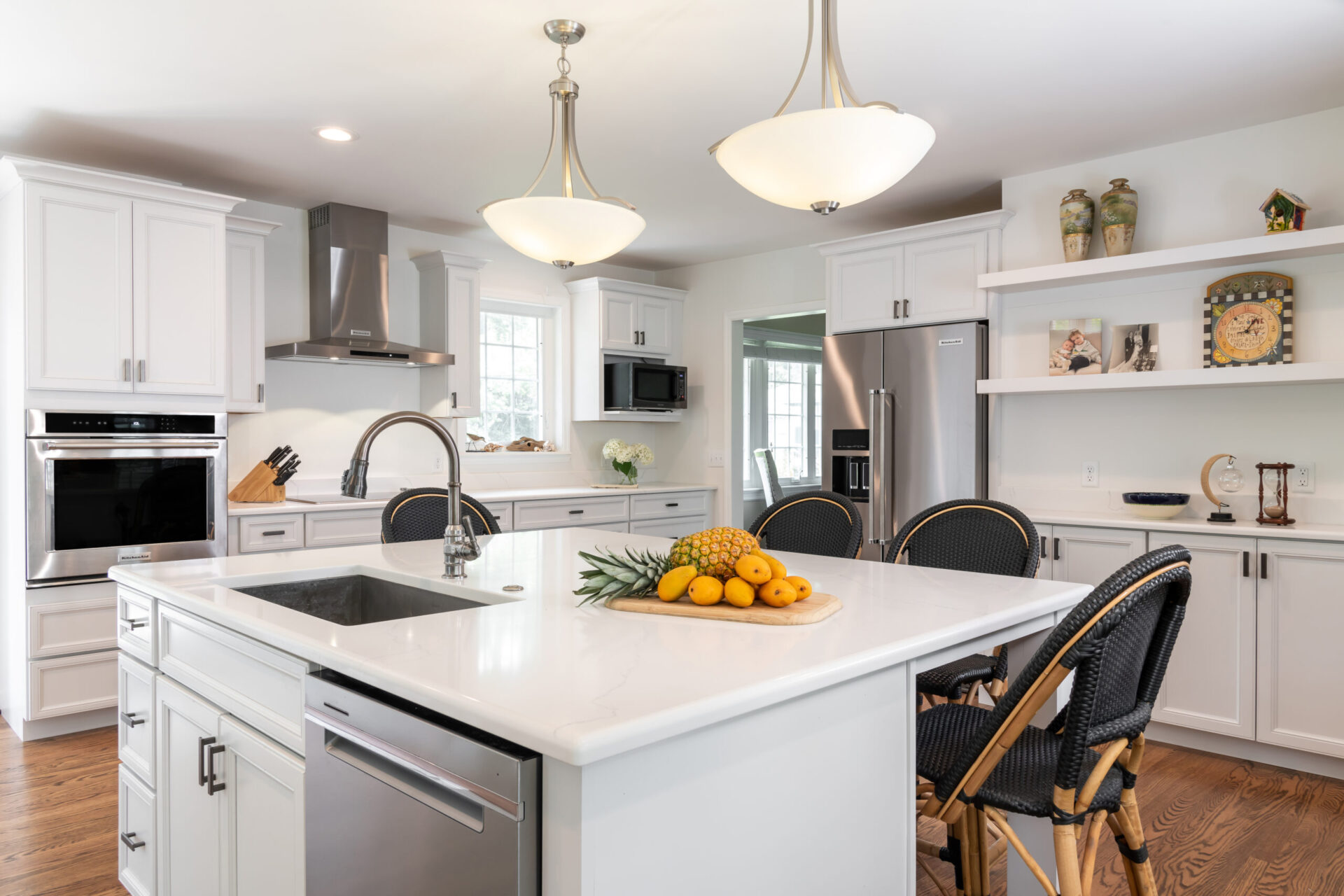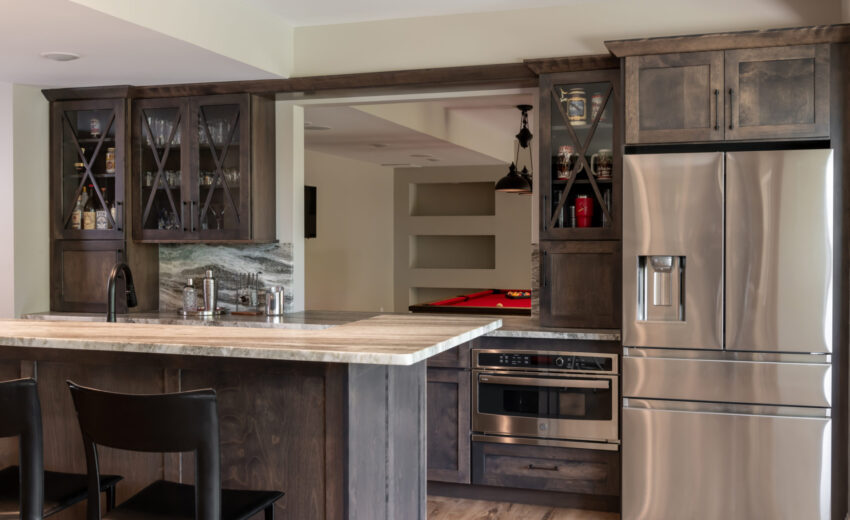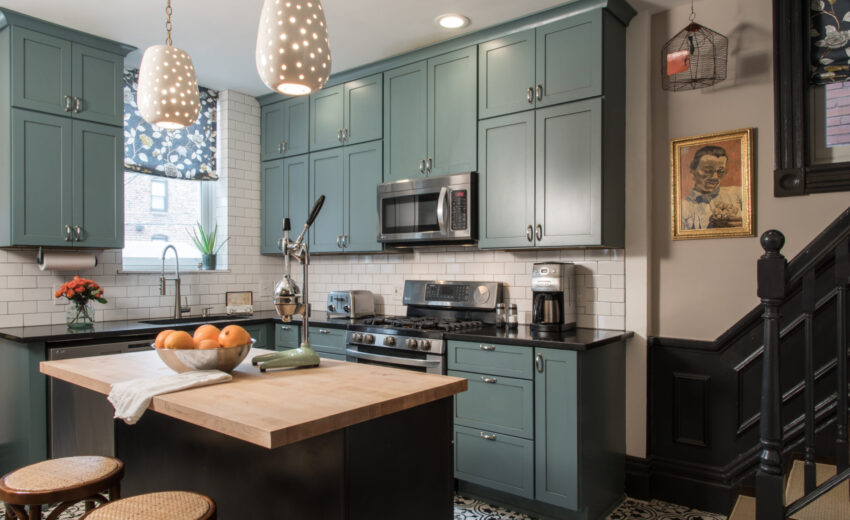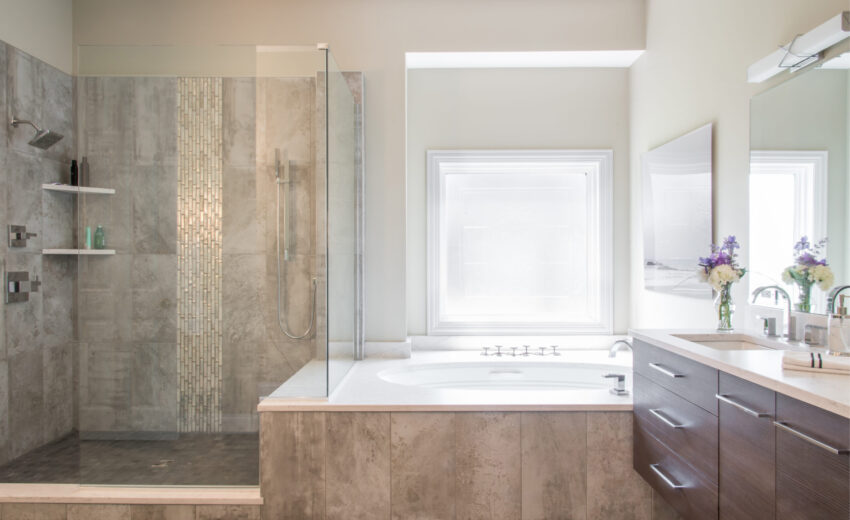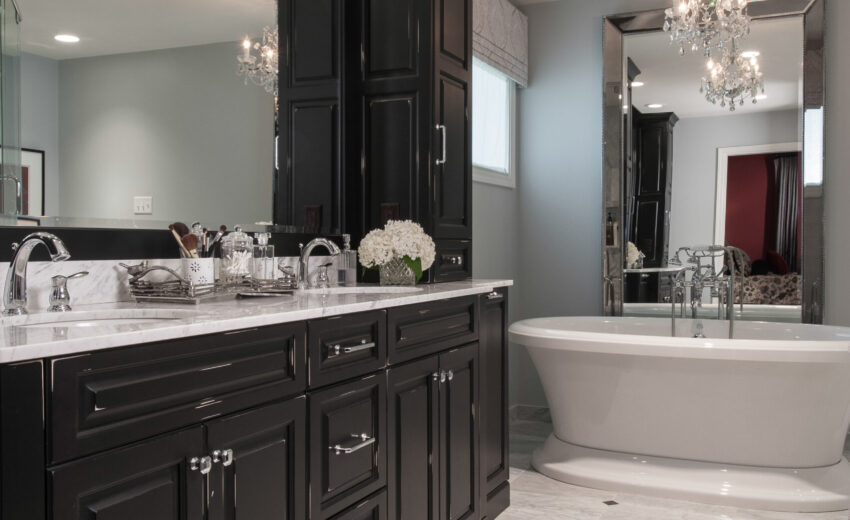Attention: Our showrooms and warehouse will be closed on Friday, May 3rd, to launch a new internal operating system, and we'll be using this day for integration and training.

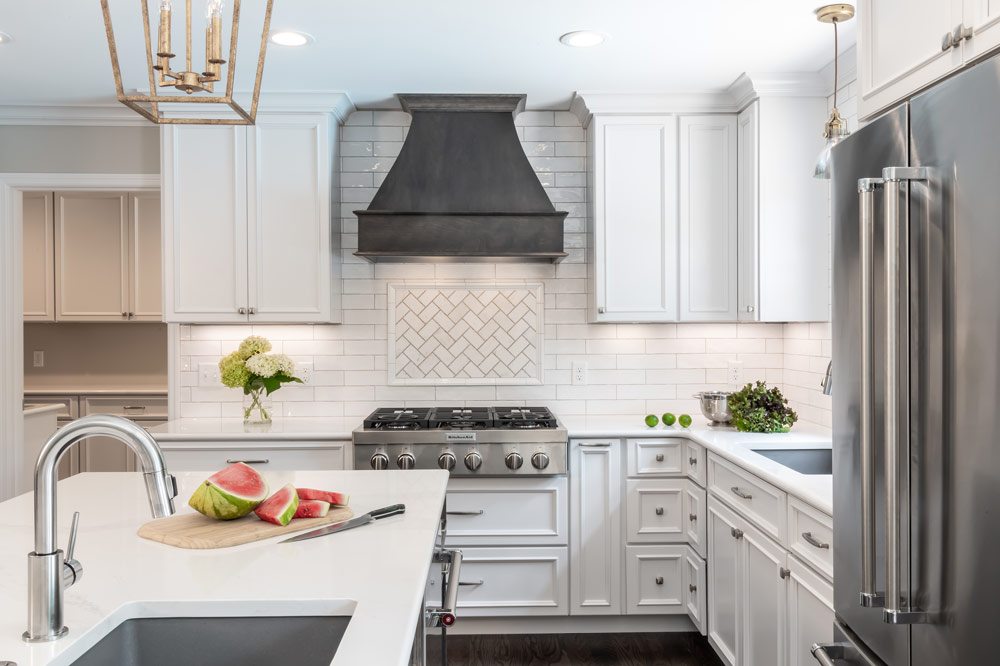
About us
What We Offer
We can either handle everything, from the initial consultation to a flawless installation, or come in at any point during your project to provide excellent products and services. Our team is prepared to offer our expertise, whether you select our turnkey services or if you already have a contractor and could use some extra design assistance.
Kitchen & Bath Design
Your dedicated RSI designer will work to bring your vision to life with an expert understanding of kitchen and bath remodeling. They will create a one-of-a-kind design with material selections that are in line with your personal style, budgetary and functional objectives.
Kitchen & Bath Installation
Our professional installation division of electricians, plumbers, carpenters, and drywall and tile installers works with your RSI designer and project manager to coordinate every aspect of installation.
Getting Started
Take the first step toward your kitchen or bath remodel and schedule an appointment with a member of our design team. At your first meeting, be prepared to discuss your goals for the space, and bring measurements and design inspiration. We look forward to meeting you!
Come see us
Our Locations
VISIT OUR NEW COLUMBIA SHOWROOM!
3302 Broadway Business Park Ct.
Suite A
Columbia, MO 65203
Feel free to stop into our St. Louis or Columbia locations at your convenience to browse our displays, get inspiration for a project, or discuss details and pricing for individual items such as vanities, countertops or appliances.
See Our Work
Explore Kitchen & Bath Designs
Helpful Resources
We’ve assembled useful guides to help you get started on your kitchen or bath remodel.
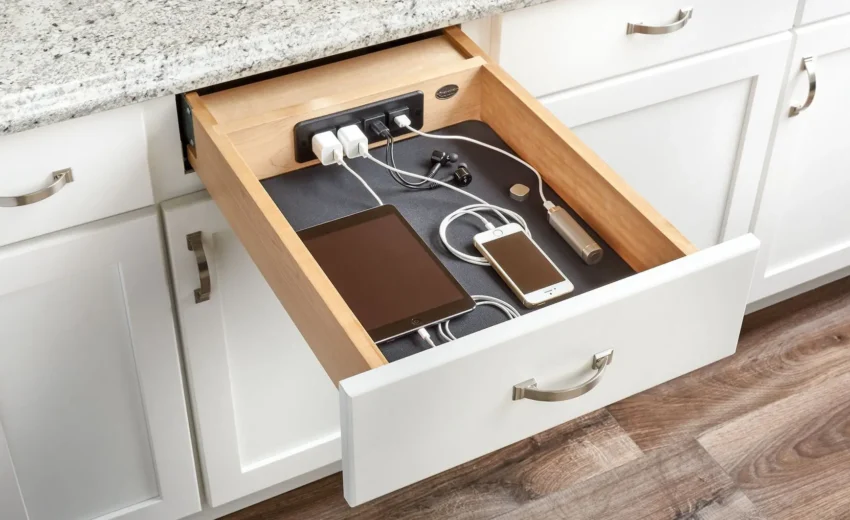
Measuring Guide
Our Measuring Guide will help you create a rough outline of your space before an official measurement is taken. This is an excellent first step and a valuable resource for your first appointment with an RSI designer.
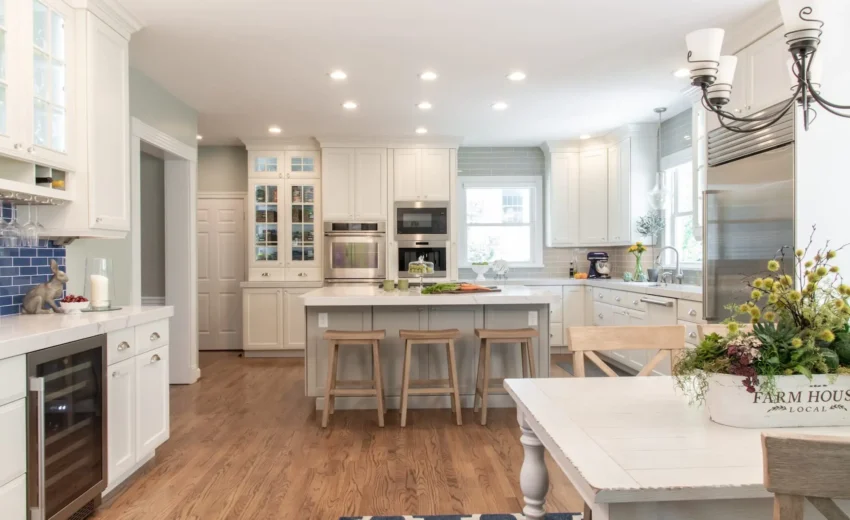
Kitchen Guide
The Kitchen Guide is another beneficial resource as you prepare for the first appointment with a designer. This questionnaire will help you understand your vision for your kitchen remodel, bringing your lifestyle, budget and personal style into focus.
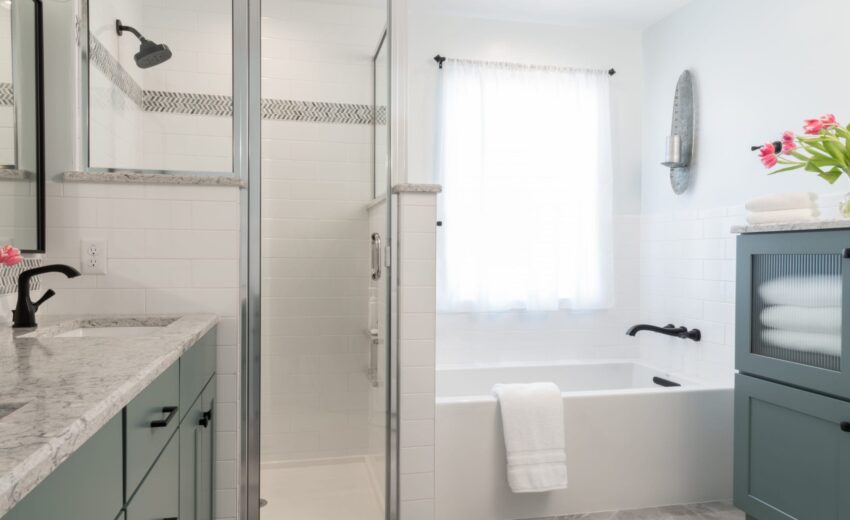
Bathroom Guide
Like our Kitchen Guide, the Bathroom Guide will delve into questions of budget and style while considering factors such as the number of family members who will utilize the space or the number of years you plan to live in the home.
Browse Our Blog Posts
Follow the Latest News
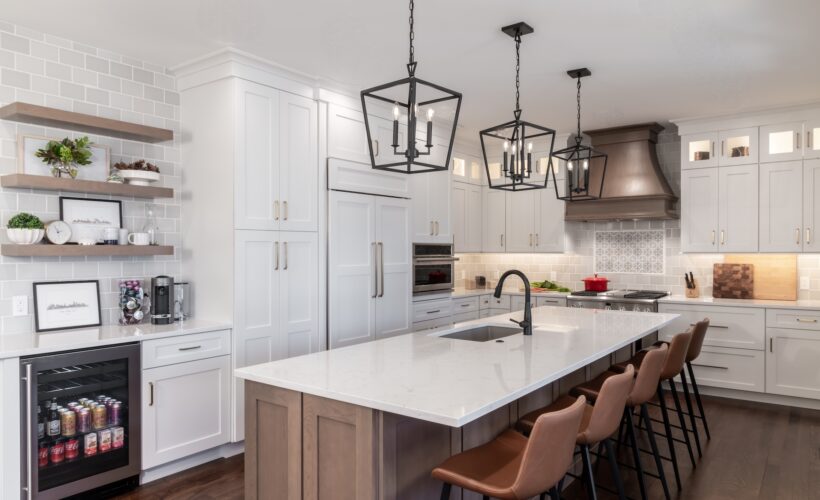
Kitchen Designer Spotlight: Heidi Bartels
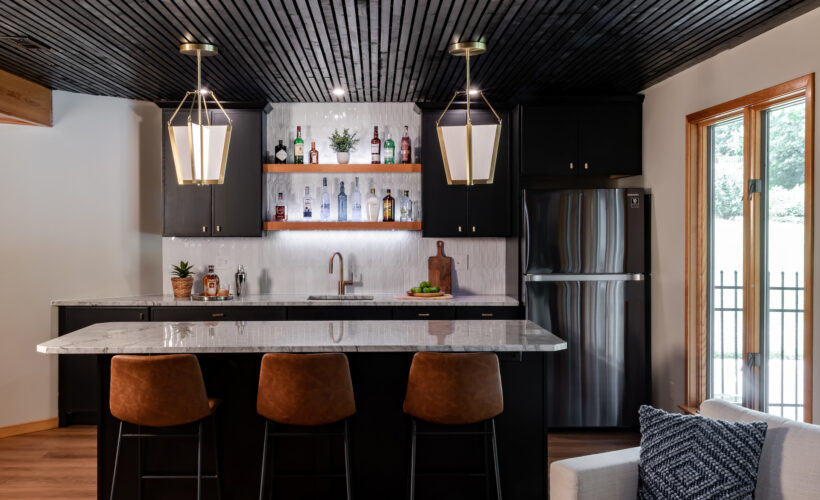
Planning Your Home Bar Design
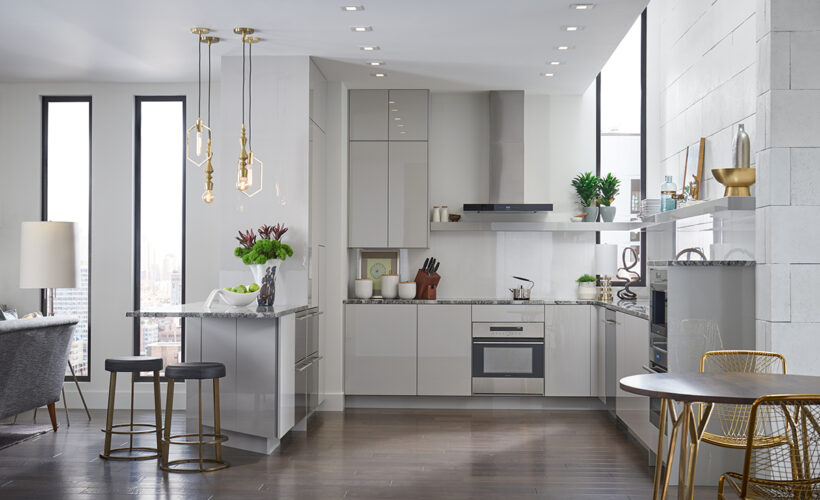
Top Kitchen Renovation Trends for 2021
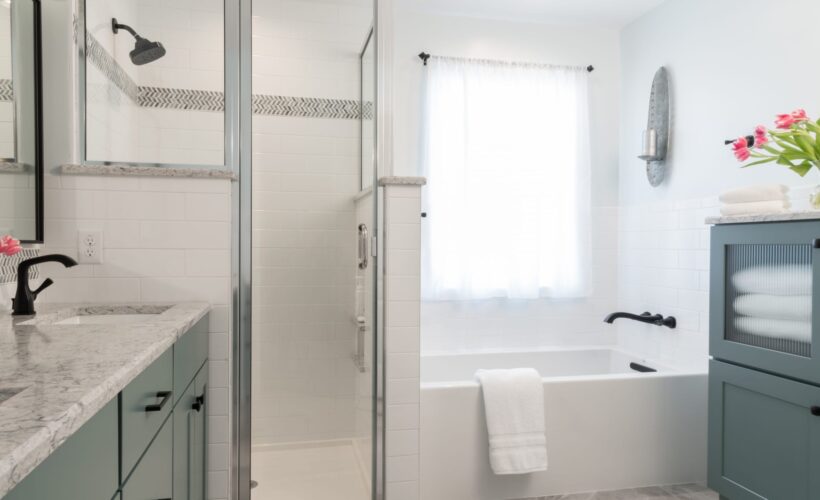
5 Common Bathroom Remodel Misconceptions
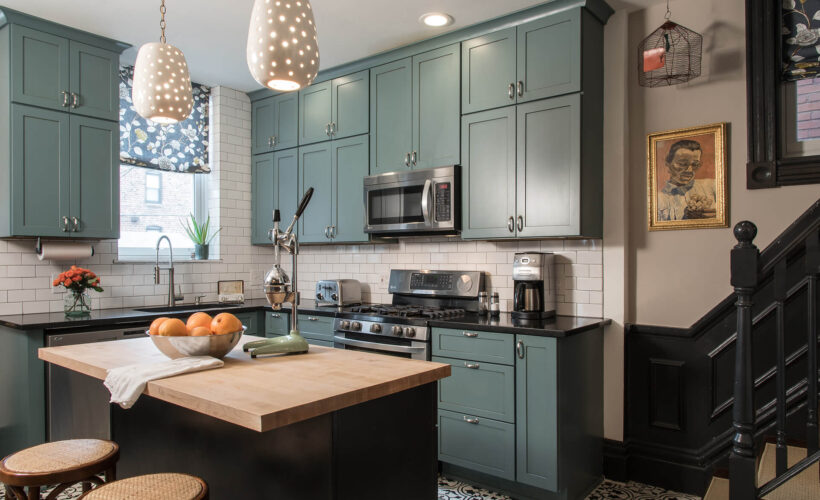
Choosing Kitchen Cabinets: What You Need to Know
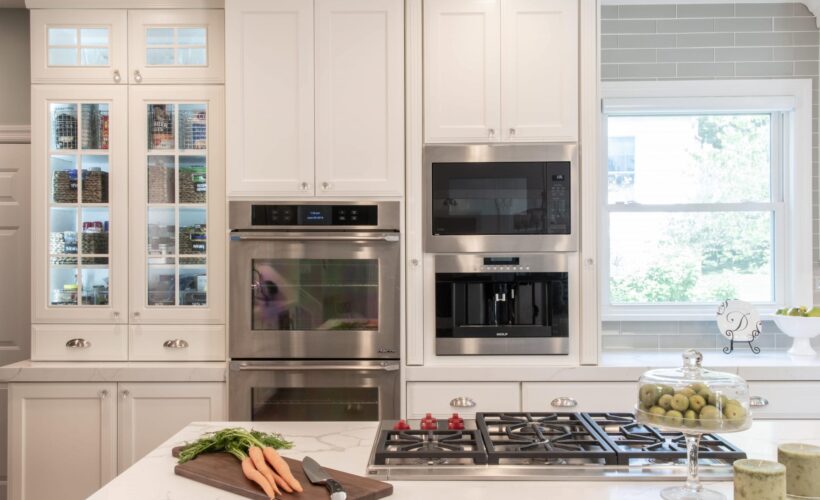
Kitchen Renovation Choices That Offer the Biggest ROI
Testimonials
What Our Customers Are Saying
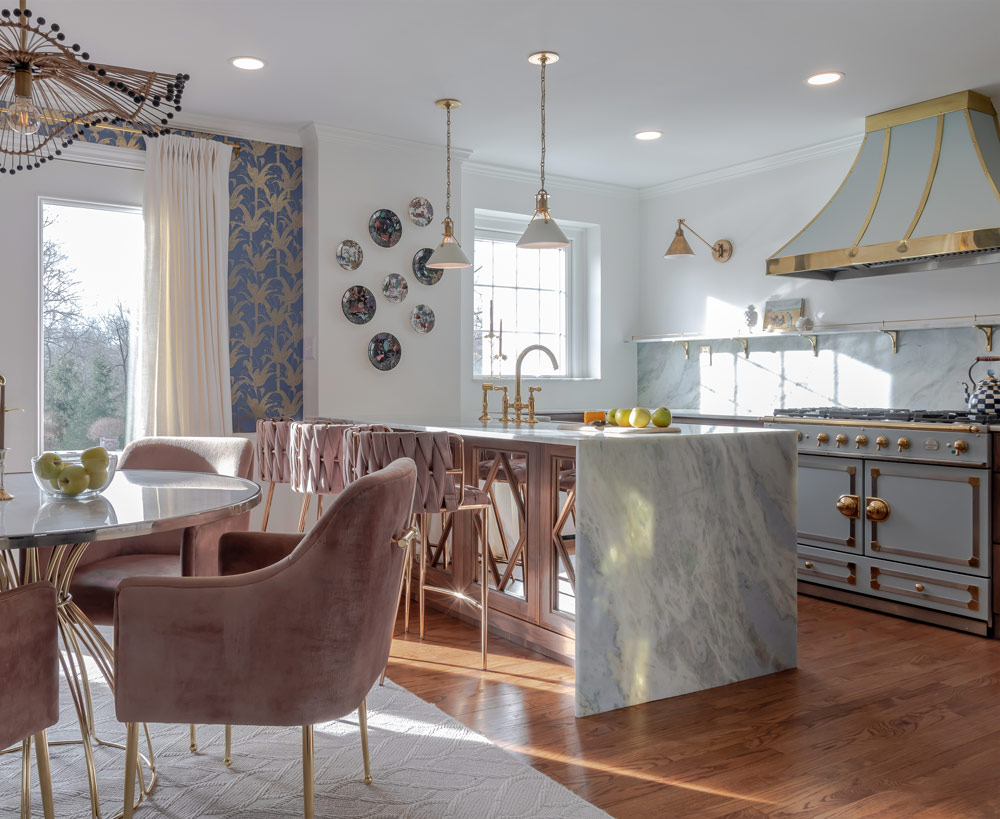
in business



